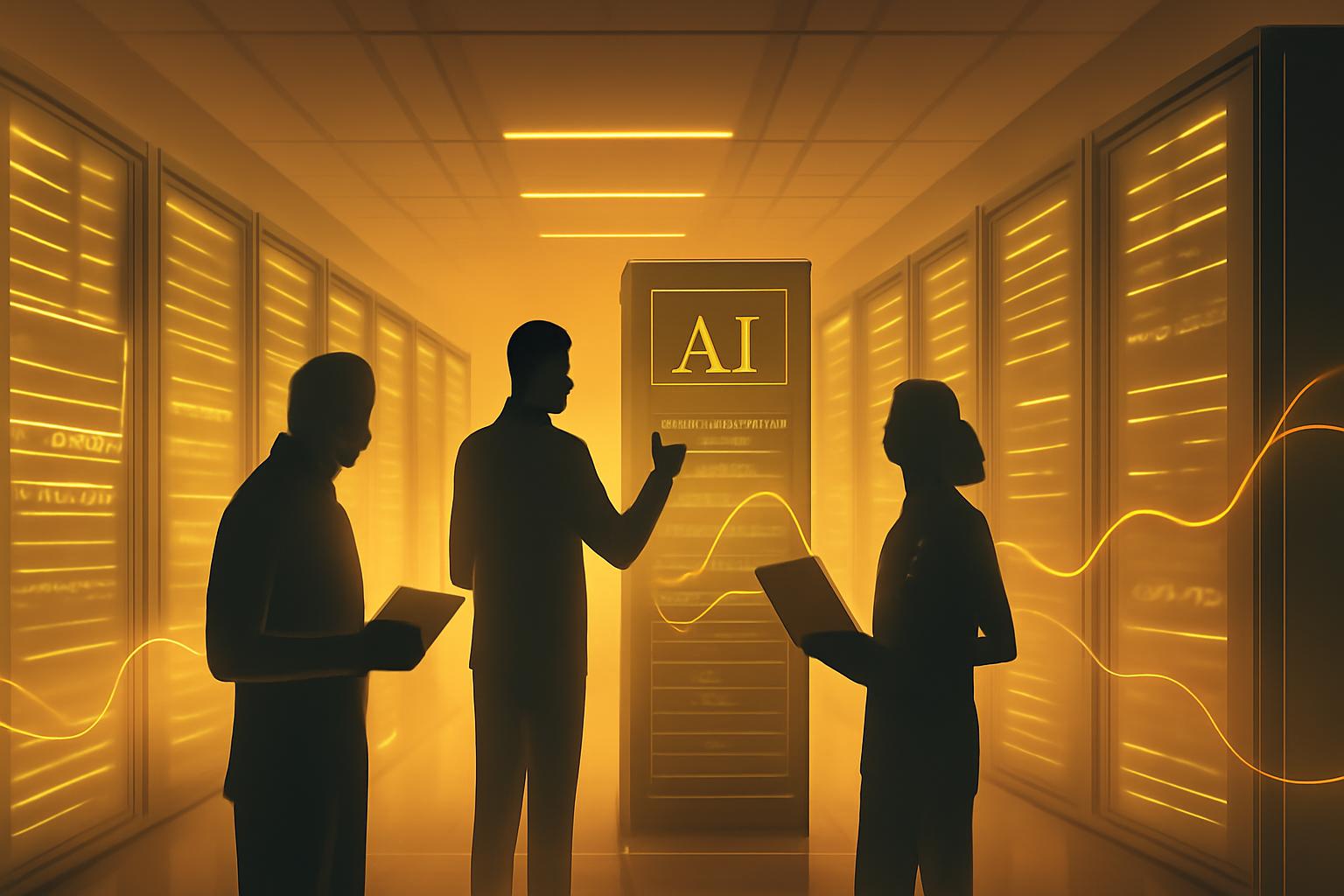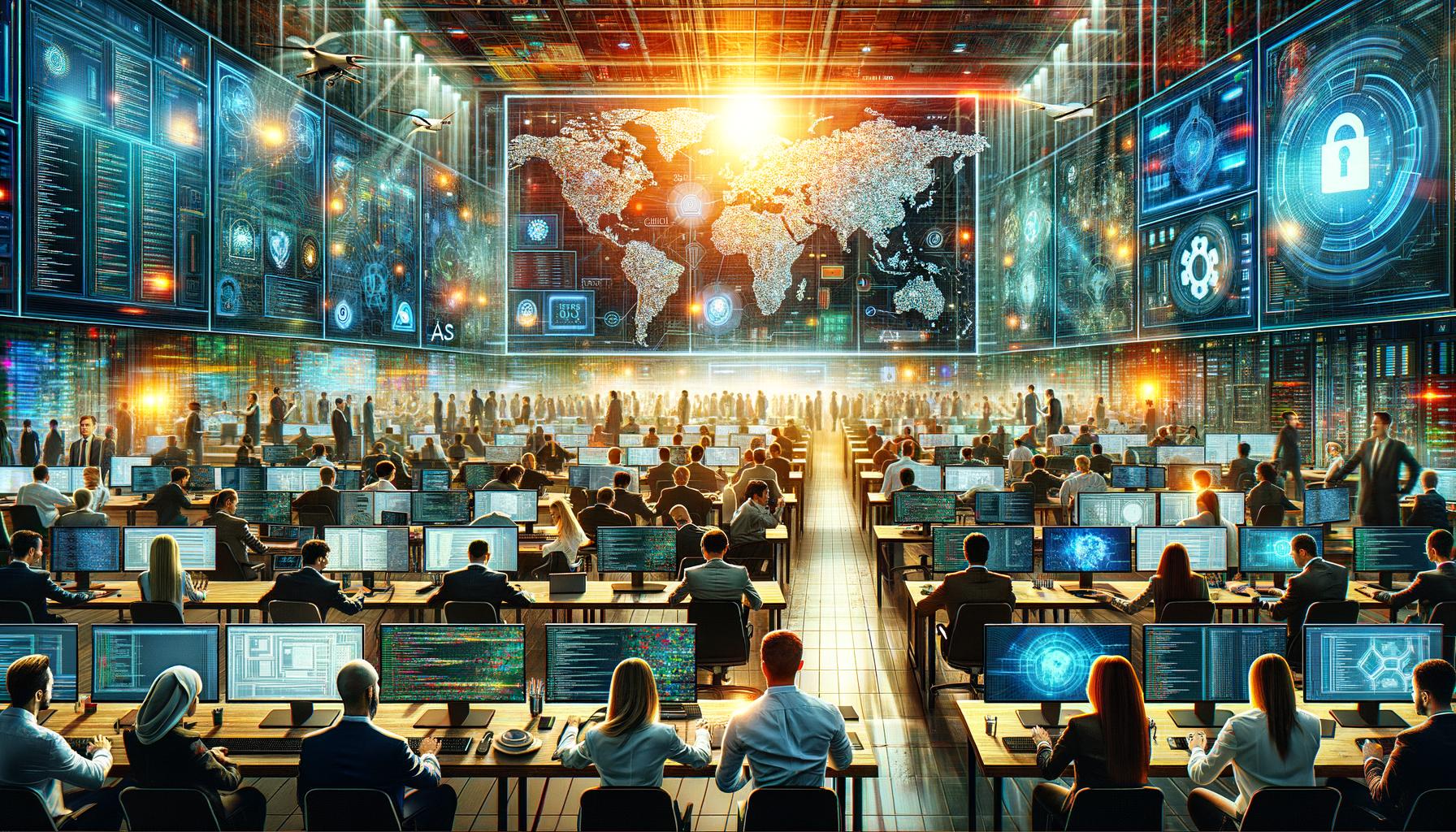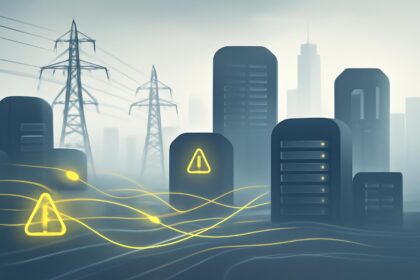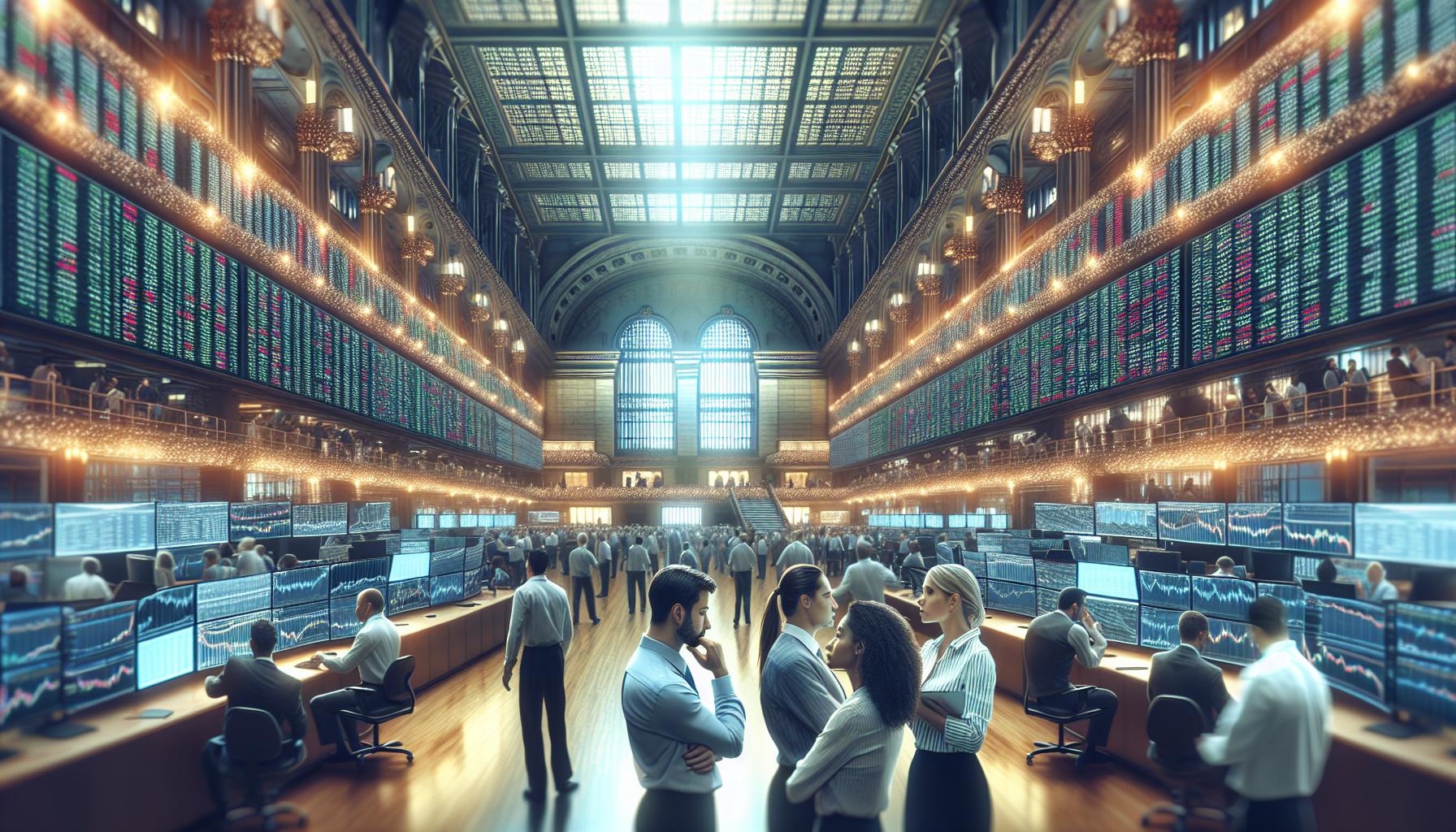AI Data Center Expansion Accelerates Amid Rising Demand
Michael Dell, CEO of Dell Technologies, addressed the rapid growth of AI data centers during an appearance on CNBC’s “Closing Bell: Overtime” on Tuesday. He acknowledged the tremendous demand for computing power driving this expansion but cautioned that the proliferation of AI data centers will eventually reach a saturation point. “I’m sure at some point there’ll be too many of these things built, but we don’t see any signs of that,” Dell stated, reflecting confidence in the current market trajectory.
Robust Growth in AI Server Business
Dell Technologies reported significant growth in its server networking segment, with a 58% increase last year and a 69% rise in the latest quarter. This surge is largely attributed to the evolving complexity of large language models, now incorporating multimodal and multi-agent systems that demand greater AI processing capabilities. The company’s AI servers utilize Nvidia’s cutting-edge Blackwell Ultra chips, supplying hardware to key customers such as cloud provider CoreWeave and Elon Musk’s AI startup, xAI.
Upgraded Financial Forecast Reflects AI Demand
Following an analyst meeting, Dell Technologies raised its long-term revenue growth outlook to 7%–9%, a notable increase from the previous 3%–4% target. Diluted earnings per share forecasts were also revised upward to 15%, compared to an earlier 8% expectation. The company’s strong second-quarter earnings in August further bolstered confidence, with plans to ship $20 billion worth of AI servers in fiscal year 2026—double the volume sold last year.
Energy Supply Emerges as a Key Constraint
Despite surging demand for AI hardware, Dell highlighted the growing challenge of securing sufficient power to run these data centers. He noted that customers, including OpenAI, have communicated concerns about energy availability, sometimes requesting delayed deliveries until power infrastructure is ready.
“Many customers, in fact, will tell us, ‘Well, don’t deliver it until this day because we won’t have power in the building to support it.'”
OpenAI’s September announcement of a partnership with Nvidia to build at least 10 gigawatts of AI data center capacity underscores the scale of this issue. According to Energy Information Administration data analyzed by CNBC, this power requirement is equivalent to the annual energy consumption of 8 million U.S. households. Major technology firms such as Microsoft, Google, and Amazon have similarly committed billions to expanding AI data center infrastructure, intensifying demand on the power grid.
U.S. Power Grid Capacity and AI Energy Demand
The U.S. power grid is projected to add 63 gigawatts of capacity in 2025. OpenAI and Nvidia’s planned 10-gigawatt buildout would consume nearly 16% of this new capacity, illustrating the significant energy footprint of AI infrastructure.
“If you’re going to generate tens of trillions of tokens, and you’re going to create intelligence and drive the economy forward, you’re going to need computing power and energy.” — Michael Dell
FinOracleAI — Market View
The AI data center market is experiencing unprecedented growth driven by advances in generative AI and multimodal models. Dell Technologies’ optimistic outlook and increased revenue guidance underscore strong industry demand. However, energy availability emerges as a critical bottleneck that could shape the pace of future expansion.
- Opportunities: Expanding AI infrastructure demand supports growth in server manufacturing and cloud services.
- Risks: Energy constraints and power grid limitations may delay data center deployments and increase operational costs.
- Technological innovation: Continued advances in energy-efficient server design could mitigate some power challenges.
- Market concentration: Large tech firms’ significant investments may intensify competition and raise barriers to entry.
Impact: Dell Technologies’ strong performance and upgraded forecasts reflect robust AI-driven demand, but energy supply limitations present a growing risk that could influence market dynamics and investment strategies in the data center sector.













